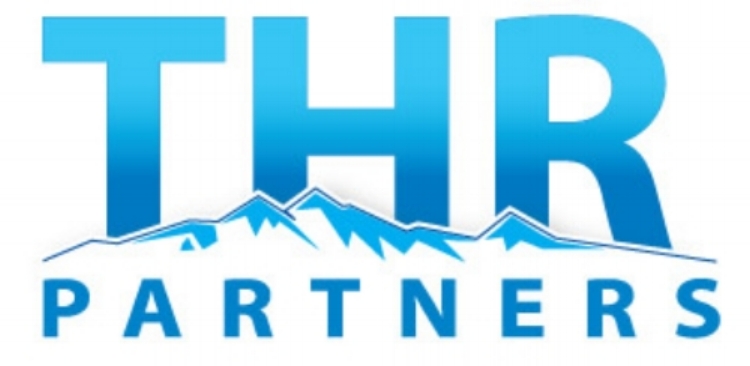The latest round of tariffs on imported goods could shake up the HVAC and refrigeration industry in a big way. With increased costs on materials like steel, aluminum, and components sourced from overseas, manufacturers, contractors, and consumers are all likely to feel the effects.
Higher Equipment Costs
One of the biggest concerns is that HVAC and refrigeration equipment prices will rise. Many manufacturers rely on imported metals and components to build units, and if those costs go up, they’ll be passed down the chain. This means contractors may pay more for equipment, and homeowners and businesses may see higher prices when replacing or upgrading their systems.
Supply Chain Disruptions
Tariffs can also lead to delays in the supply chain. If manufacturers need to find alternative suppliers or deal with new import restrictions, lead times could increase. This is especially problematic for contractors who rely on quick turnarounds for installations and repairs.
Increased Operational Costs
For companies in the industry, higher material costs could squeeze profit margins. Smaller businesses, in particular, may struggle to absorb the price increases and may have to adjust pricing, reduce overhead, or find new suppliers.
Potential Shift to Domestic Manufacturing
On the flip side, some U.S.-based manufacturers could benefit if companies look for domestic alternatives to avoid tariffs. This could create new job opportunities and encourage local production, though it may take time to scale up.
What’s Next?
If tariffs remain in place long-term, the industry will need to adapt—whether by finding alternative suppliers, adjusting pricing, or streamlining operations. Contractors and businesses should stay informed and plan ahead to minimize disruption.
Have you already seen an impact from these tariffs? Let’s discuss!

